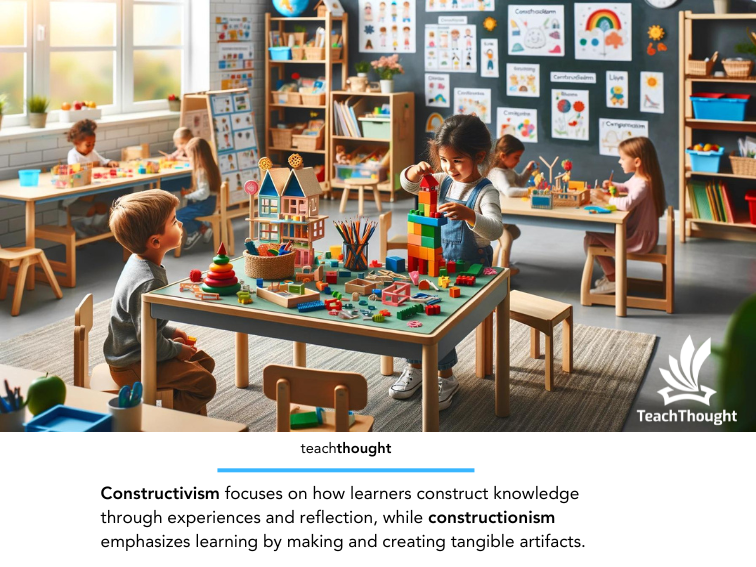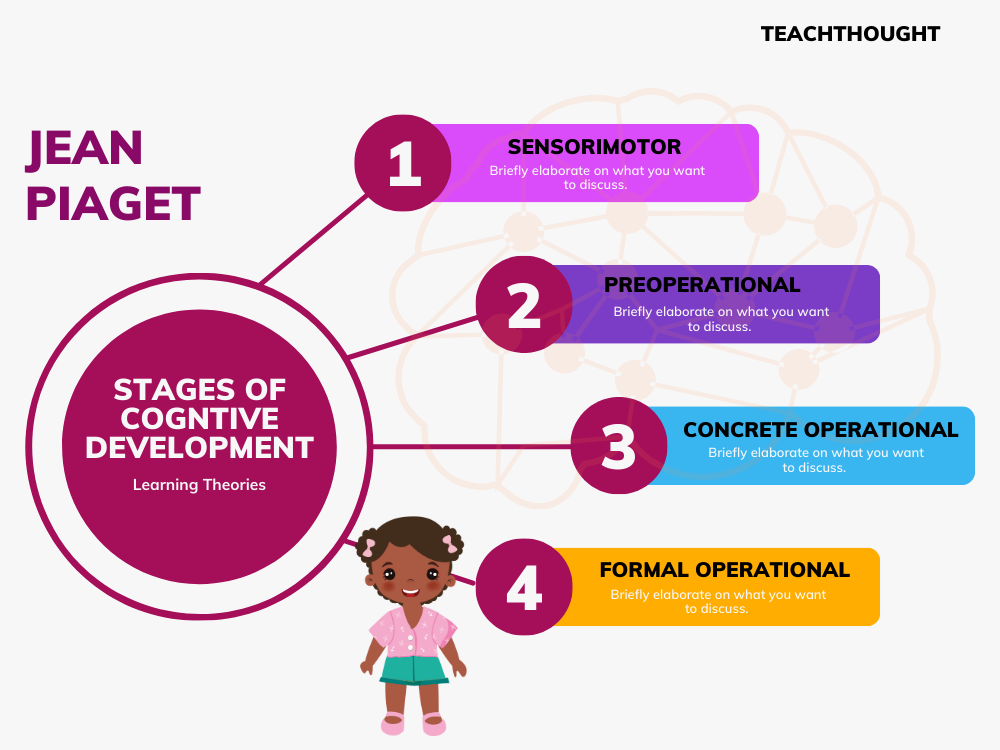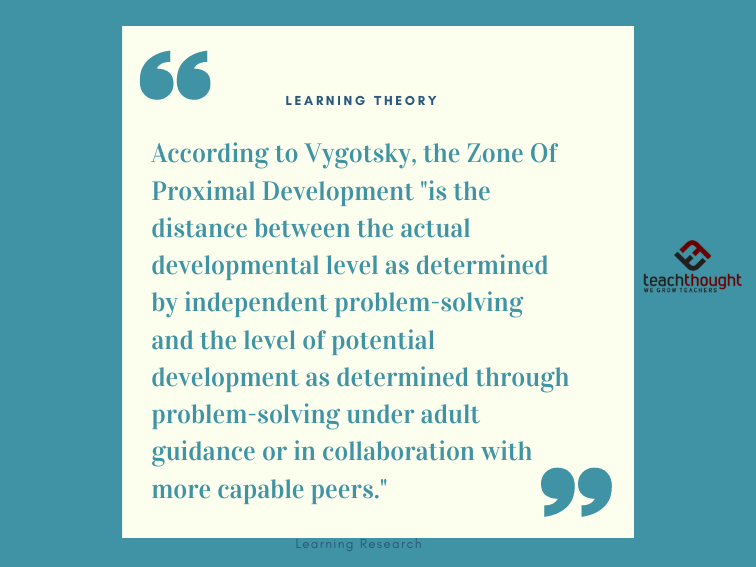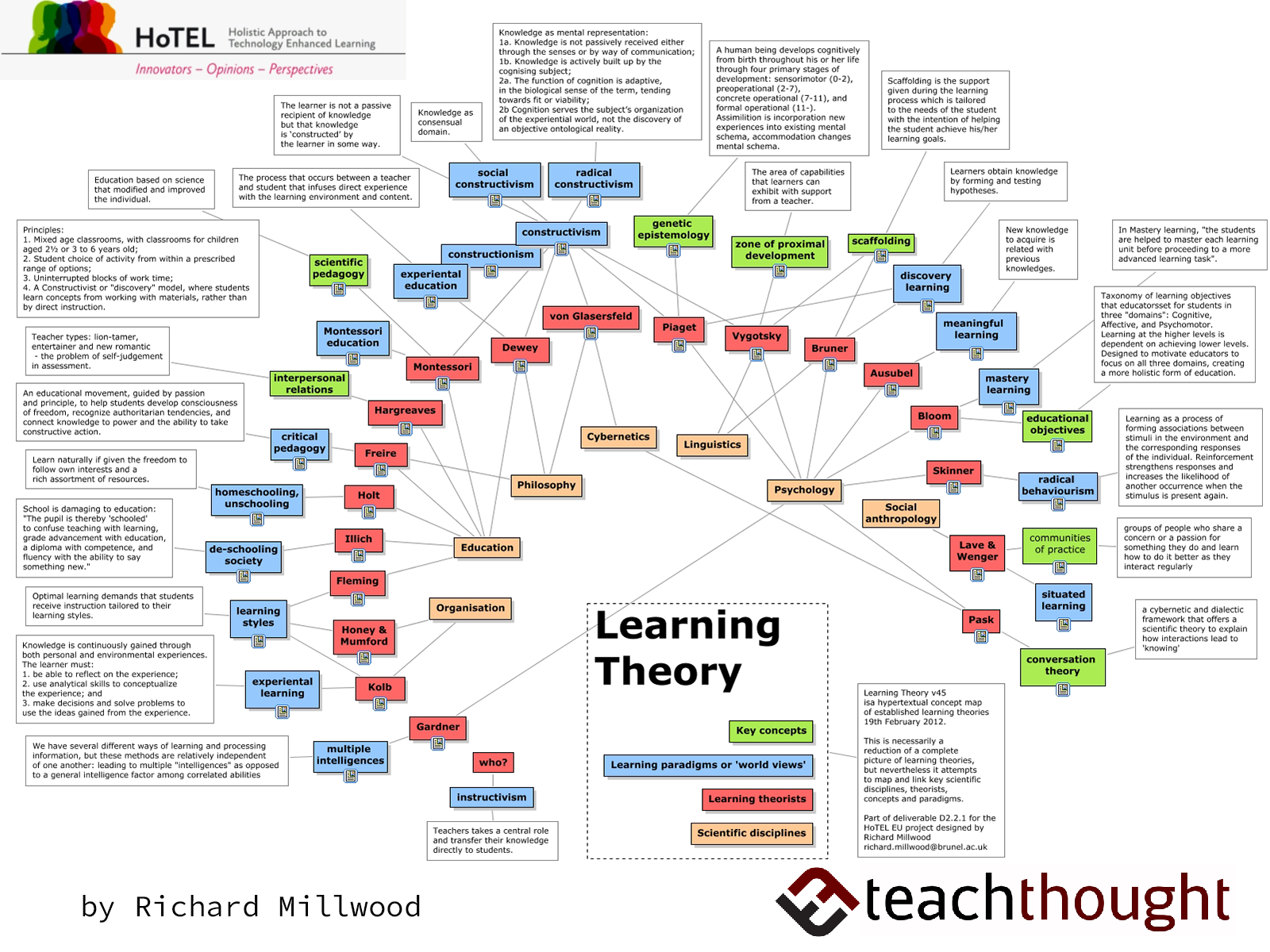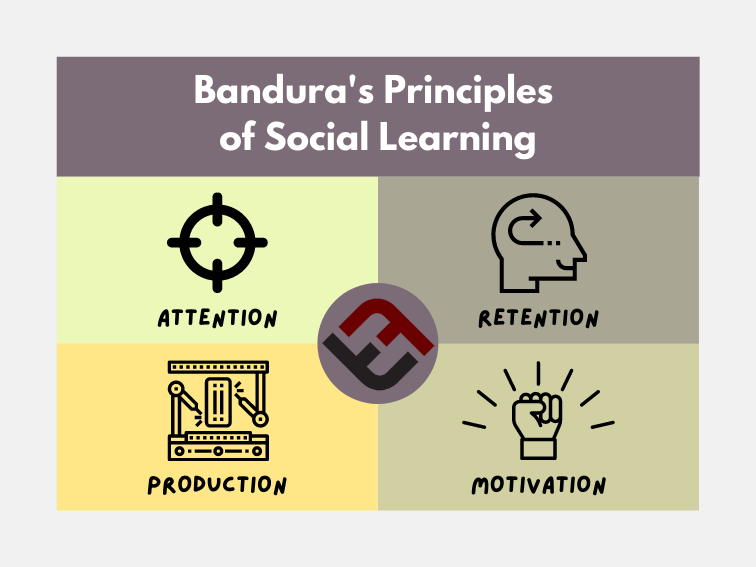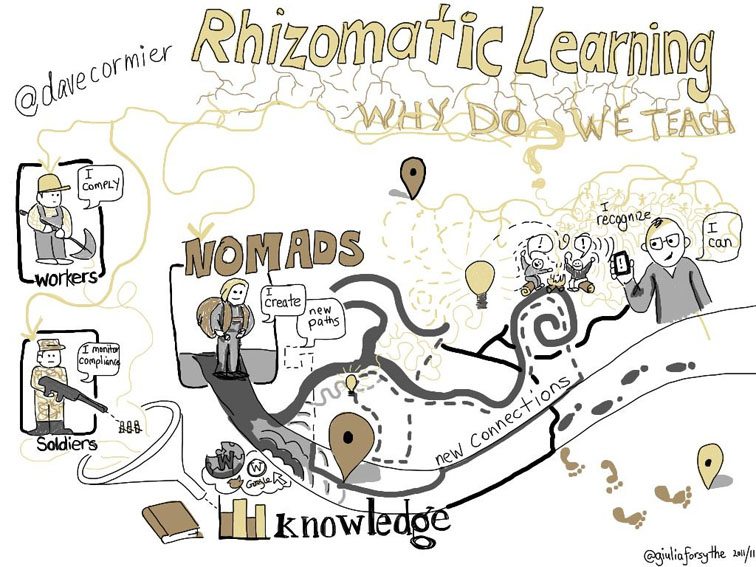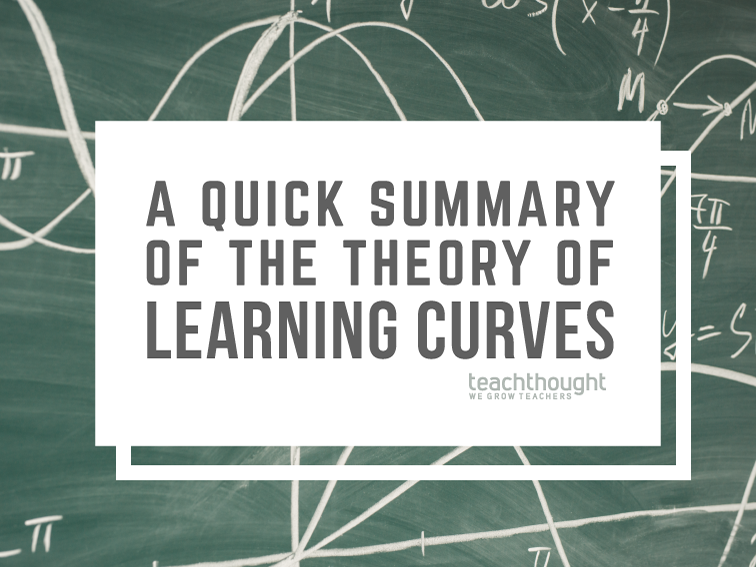Tag: Theory
The Difference Between Constructivism And Constructionism
Constructivism focuses on how learners construct knowledge through experience while constructionism emphasizes learning by making.
The Pedagogy Of John Dewey: A Summary
Dewey believed that learning was socially constructed and that brain-based pedagogy should emphasize active, experiential learning.
Piaget Learning Theory: Stages Of Cognitive Development
Piaget’s stages of cognitive development include the sensorimotor, preoperational, concrete operational, and formal operational stage.
What Is Vygotsky’s Sociocultural Learning Theory?
According to Vygotsky, learning and development are inseparable from the social and cultural contexts in which individuals participate.
A Visual Summary: 32 Learning Theories Every Teacher Should…
From Constructivism and Connectivism to Situated Learning, here are 32 of the most common learning theories every teacher should know.
Bandura’s 4 Principles Of Social Learning Theory
Bandura’s Social Learning theory explained that children learn in social environments by observing and then imitating the behavior of others.
A Metaphor For How We Learn: Rhizomatic Learning
Rhizomatic Learning embraces the beautiful complexity of the human experience, and the unpredictability of the learning process.
A Quick Summary Of The Theory Of Learning Curves
The frequency of repetition and rehearsal, if spaced at intervals, promotes better recall of memory than if presented in one long burst.
